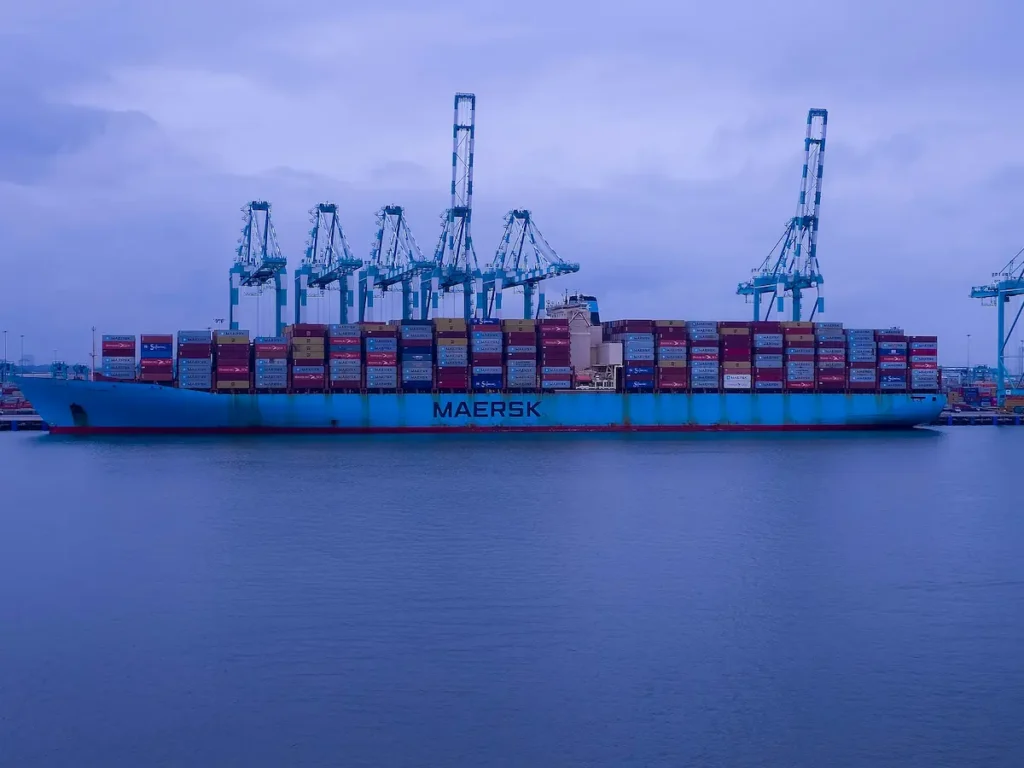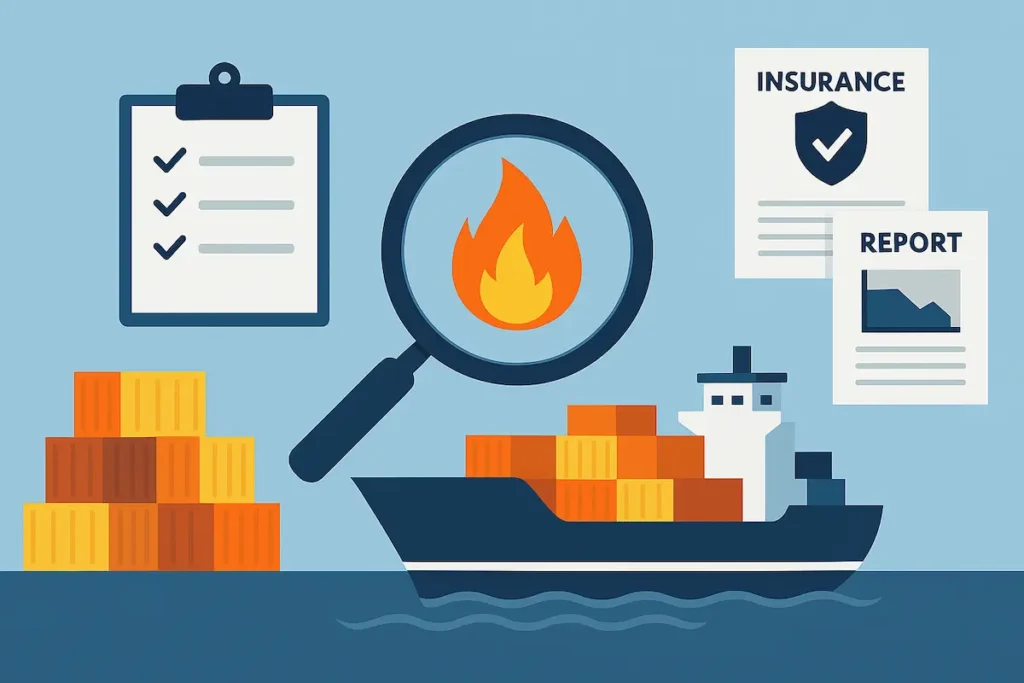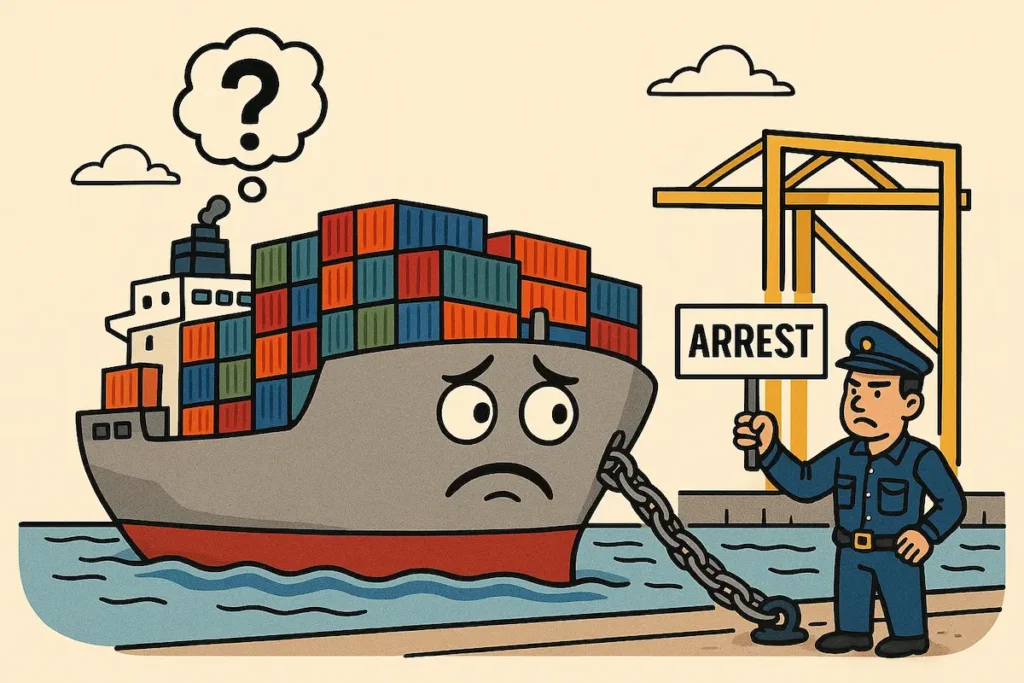Amid soft demand and trade uncertainty, less-than-truckload pricing remained resilient during the first quarter while truckload rates stayed depressed. The trends are expected to continue through the second quarter, a Tuesday report from 3PL AFS Logistics and financial services firm TD Cowen showed.
The LTL rate-per-pound component of the TD Cowen/AFS Freight Index stood 63.8% higher in the 2025 first quarter than its January 2018 baseline. That was a 280-basis-point increase year over year and 80 bps higher than the fourth-quarter reading. The rate index is expected to dip 40 bps to 63.4% during the second quarter but come in 110 bps higher y/y, which would be a sixth straight y/y increase.
“For now, LTL carriers are effectively navigating a low-demand environment with a focus on profitable lanes, contractual relationships and reliable freight, rather than chasing volume with pricing concessions,” Aaron LaGanke, vice president of freight services at AFS, stated in the report.
First-quarter updates from LTL carriers showed yields were up slightly y/y inclusive of fuel surcharges and more notably when excluding fuel’s impact. However, volumes continued to lag as tonnage was down y/y by mid-single-digit percentages for most carriers in the first two months of the year.

Cost per LTL shipment remained elevated in the first quarter, up 1.5% sequentially and 0.5% y/y, according to the report.
Price bumps from carriers along with annual general rate increases implemented over the past several months are now fully in force for 2025, which pushed the cost index higher. Also, fuel prices rose 3% sequentially in the first quarter. The report said the average carrier fuel surcharge was up 1.8% in the period with the net fuel surcharge per shipment increasing 4%.
The cost-per-shipment dataset was also influenced by a 2.4% sequential decline in length of haul and a 0.2% dip in weight per shipment (down 9% y/y).
TL rates to see ninth quarter ‘at the bottom’
The TL rate-per-mile index was just 5.9% higher than the January 2018 baseline during the first quarter. That reading was up 70 bps from the fourth quarter and 100 bps y/y. (The index was more than 25% higher than the baseline as late as the 2022 first quarter – the tail end of the last upcycle.)
The slight move up was tied to shippers pulling forward inventory ahead of tariffs as well as the impacts from inclement weather and natural disasters, all of which resulted in some capacity tightening during the period, the report said.

Linehaul cost per shipment was down 1.5% sequentially in the first quarter, but miles per shipment were off 2%. A small increase in mix to favor short-haul moves (sub-500 miles) left the cost per shipment index just 5% higher than before the pandemic.
The forecast calls for the TL rate index to be 40 bps lower sequentially in the second quarter but 50 bps higher y/y. That would mark nine straight quarters “at the bottom,” the report said.
The update also showed that ground parcel rates were 31.3% higher than the 2018 baseline in the first quarter (500 bps higher sequentially and 250 bps higher y/y). The dataset is expected to be 29.5% above the baseline in the second quarter.
Express parcel rates remain depressed, just 3.4% higher in the first quarter than they were at the start of 2018. The forecast is for the index to be 3.1% higher than 2018 levels in the second quarter.
“Tariffs have become the topic du jour in boardrooms and beyond, and combining those policy changes with a cloudy macroeconomic picture is a recipe for the uncertainty and caution that characterize current market sentiment,” said AFS Logistics CEO Andy Dyer. “These conditions do not indicate a shift away from the malaise of soft demand that has shaped domestic transportation markets for quite some time.”
AFS Logistics is a non-asset-based 3PL providing audit and cost management services, managed transportation, and freight brokerage. It has visibility into more than $39 billion in annual freight spend.













